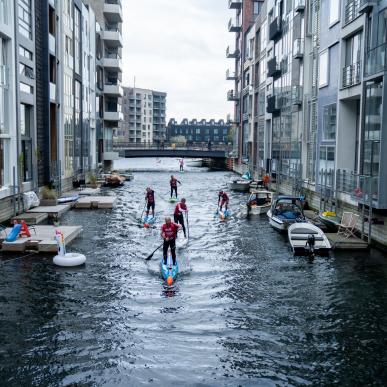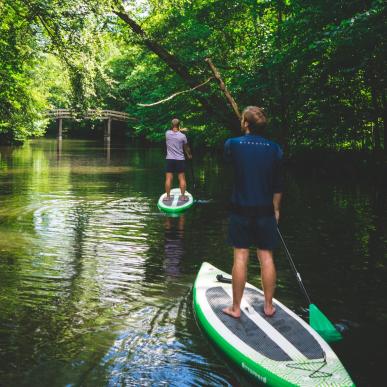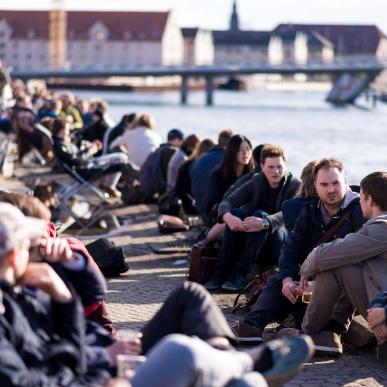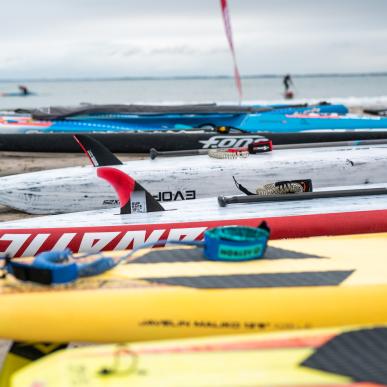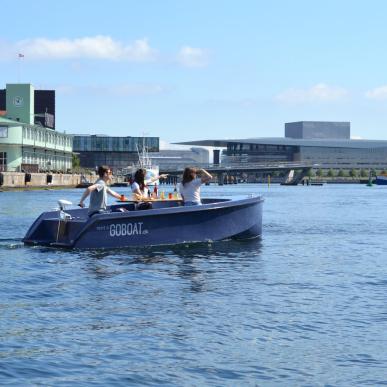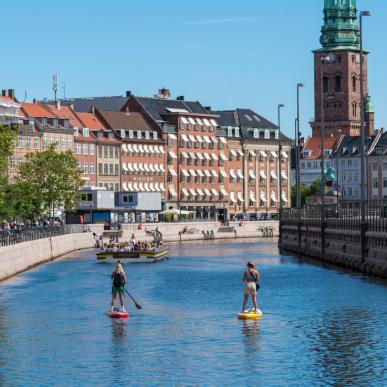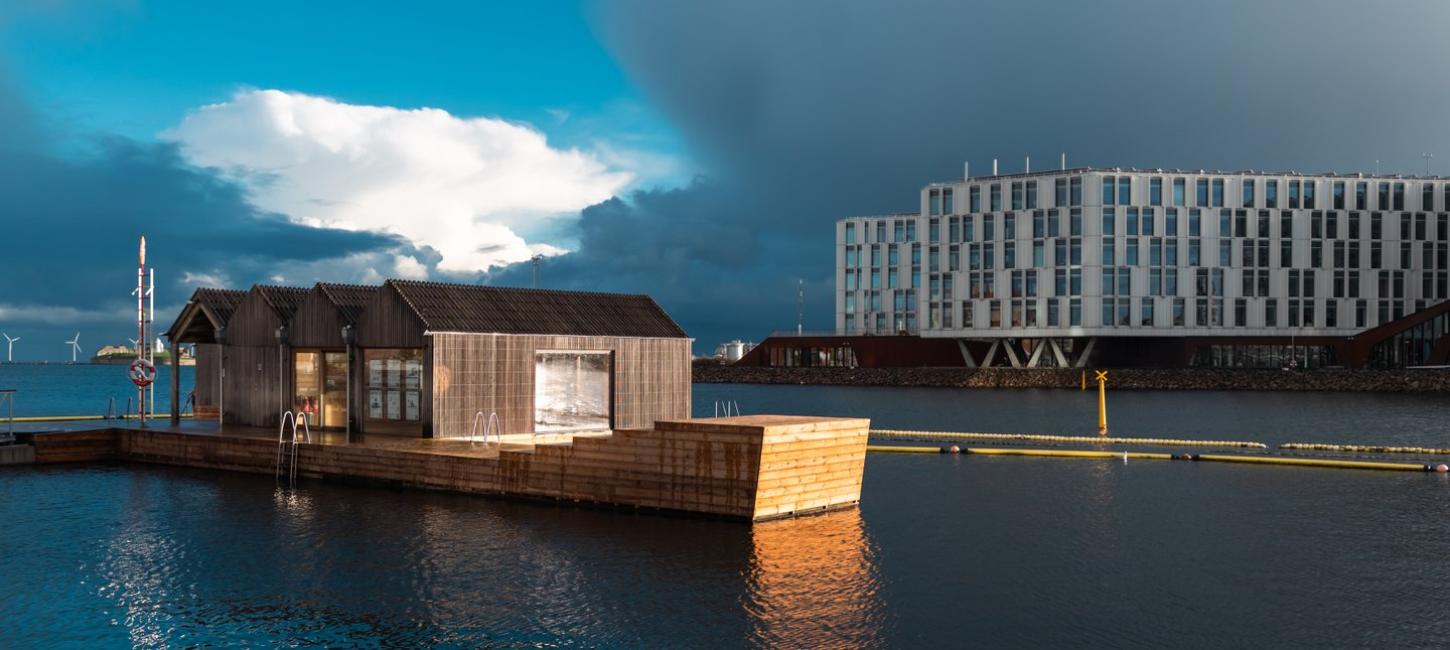
Copenhagen Harbour: From industrial hub to recreational haven
Copenhagen’s harbour has always played a central role in the city. For a brief outline of its history, continue below.
Copenhagen is, along with its century-long history as a maritime trading city, an old industrial harbour. In the 1950s it became illegal to bathe in the harbour due to pollution. Previously, the harbour had been used for sanitary purposes as many of the apartments of the time didn’t have showers and similar amenities. Bathing houses lined the city’s harbour giving people access to water despite the fact that it wasn't nearly as clean then as it is today.
In the late 1980s, almost all industry had vanished from the inner harbour. It was a sign of the times as production had migrated to the East causing a lot of business to close along the harbour. At about the same time Danish politicians decided to initiate a build-out of the Copenhagen Airport as well as building a Metro and thereby transforming the city to a much more accessible and culturally strong destination.
As part of this new 'livability' focus, the Lynetten water treatment plant opened in 1980 in the northern parts of the harbour to collect sewage water and clean up the harbour. At Lynetten sewage was led into massive underground chambers to be cleaned and returned to sea as clean water. This marked a massive shift in the Copenhagen harbour going from an industrial to a more modern urban port.
Due to strong currents in Øresund (the sound between Denmark and Sweden), the water quality in Copenhagen’s harbour quickly increased to the degree that the European Union declared the water safe for bathing in 1999 and so, 50 years after closure, the first bathing zone at Islands Brygge in Copenhagen reopened in 2002.
In 2014, a progressive city development vision launched by Copenhagen City furthered local ambitions to create a harbour area with great recreational potential, healthy nature, better access, and variety and room for everyone. These measures were in alignment with the capital’s overall social, economic and environmental development goals towards 2025 and soon towards 2035.
Today’s Copenhagen harbour life is thus the realization of a targeted long-term vision combined with a neverending love for the water.
Facts about By & Havn
- By & Havn is a governmental organization overseeing the daily operation and biodiversity of Copenhagen harbour
- By & Havn is the logistical partner of the ISA World SUP & Paddleboard Championship 2024. They oversee the cleanup and safety during the event. For further questions about the harbour, biodiversity and rules of recreational use, please find contact info in the designated section below.
- By & Havn patrols the inner harbour several times weekly, keeping it clean during the summer months with their tiny cleanup-vessel called ‘Tangloppen’ (the seaweed flea).
- During the 2024 ISA World SUP & Paddleboard Championship, By & Havn has an expanded exhibition at their headquarters about the biodiversity in the harbour. Entrance is free, and the address is Nordre Toldbod 3.
- To improve the biodiversity in the harbour, By & Havn have established Biohuts around the harbour. Biohuts are essentially ‘fish kindergarden’. By lining metal cages with oyster shells and lowering them into the water, tiny fish can find shelter among and avoid being eaten by larger fish. When the fish grow, they migrate away from the Biohuts and have greater possibilities for survival. There are around 200 Biohuts in the Copenhagen harbour, a world record number.
- In 2023 By & Havn also established the world’s first ‘eel refuge’ in Copenhagen harbour. Eels are notoriously endangered. By laying down ceramic pipes to hide in and a special type of gravel, By & Havn wants to create a refuge for the eel where they can live and grow without the danger of being eaten.
Other related press material

Senior Manager – Press & PR
